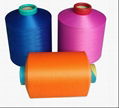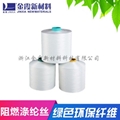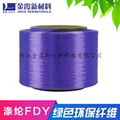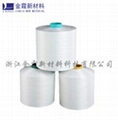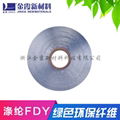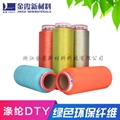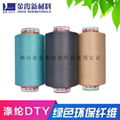| Model: | 75D 150D 250D |
|---|---|
| Brand: | XIANXIA |
| Origin: | Made In China |
| Category: | Textile & Leather / Textile Materials / Synthetic Fibres |
| Label: | Oxford polyester yar , Yarn-dyed Oxford clo , Oxford color silk |
| Price: |
¥13
/ KG
|
| Min. Order: | 500 KG |
| Payment Terms: | TT |
| SKU: | 50吨 |
| Last Online:22 Aug, 2025 |
As a major category of textile fabrics, Oxford cloth has a large market usage. It can be woven with different materials, but only Oxford cloth woven with polyester fiber has the most cost-effective, stable quality, and many colors and styles.
What are the differences between yarn-dyed fabric and Oxford? Which is better? Now we will see a dazzling array of products on the market. Can we distinguish between them for our consumer groups? The following small cloth briefly introduces two kinds of products to you "What is the difference between yarn-dyed fabric and Oxford spinning, and which is better?" These two questions.
About the difference between yarn-dyed fabric and Oxford spinning:
1. Yarn-dyed fabric is actually no different from the fabrics we commonly see. The difference between it and ordinary fabrics is mainly in the order of the dyeing and finishing processing steps, which is after the yarn dyeing and finishing, and then the mass production of finished grey fabrics. Oxford spinning is also known as Oxford cloth. This fabric was popular in Oxford University in the 1990s, so it is also called Oxford spinning.
2. In terms of raw materials: Yarn-dyed fabrics can be used in a wide range of raw materials, from natural fibers (cotton, linen and wool) to chemical fibers, which we are familiar with, and to some new types of fibers that are newly developed today. Yarn-dyed fabric is the icing on the cake. The raw materials used in Oxford spinning mainly use polyester fiber, and it can also be matched with other elastic fibers or natural fibers;
3. Organization: Yarn-dyed fabric can be used as a trial weaving of different organizations, and Oxford spinning, due to its unique characteristics, mostly adopts weft re-flat or square-flat weave;
4. In terms of style: yarn-dyed fabrics can be made into light and thin fabrics, such as chiffon products, but also thick and heavy products; Oxford textiles have relatively large limitations and are mainly used for windbreakers, various bags, and flood and rain protection products. Stiff and wear-resistant characteristics.
Through the above comparison, it is not difficult to see that the two have done well in different fields.
The raw material specifications used for Oxford yarn-dyed fabrics and yarn-dyed Oxford fabrics are usually
75D, 100D, 150D, 250D, 300D, 450D, 500D, 600D, etc.
| custom_attr1: | There are many specifications, many colors, fast delivery and stable quality. |
|---|---|


